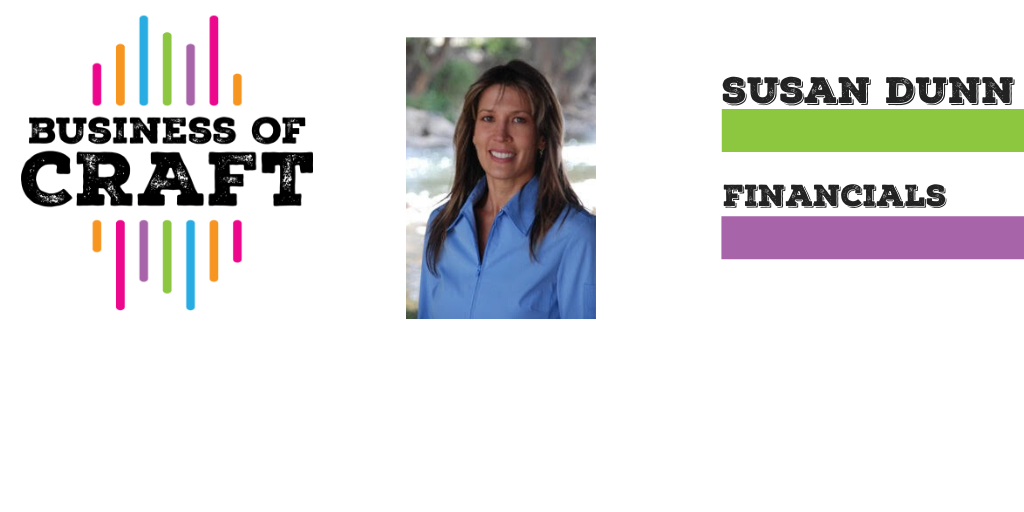#1 Help our listeners understand a little bit about what is an SBDC consultant is and how they can guide a new business owner on their path to launch. [2:30]
#2 I want to start by layout out an overview of the different types of financial documents that you recommend for a beginner business. What do you think are the must-have elements of a good financial plan? [4:17]
#3 Let’s first talk about the break even analysis since that is one that most new biz people want to put together before they even launch because that is important for internal planning. What goes into the break even analysis? [7:42]
#4 How far out should someone do the numbers on a break even analysis? One year? 5 years? What do you recommend? [9:41]
#5 I think some people won’t really know what the numbers are going to be and I know garbage in is just going to produce garbage out so what tips do you have for the person who’s thinking, “I have no idea how many widgets I’m going to sell”? [12:22]
#6 The other document you mentioned is the P&L or the sometimes called a profit and loss or an income and expense statement. Why is that an important financial document? [14:14]
#7 Can you give us an example of what “cost of goods sold” might look like? [19:31]
#8 Next we’d want to see some cash flow projections? This is NOT necessarily how much money is in the bank correct? What does this analysis show us? [25:45]
#9 And it’s important to know how long your lag time will be between billing someone or selling something and actually getting the money right? Getting that wrong could seriously put you in trouble with cash flow. How do you consult clients on that piece? [28:49]
#10 I think it’s important to point out that a good book or software program will give you templates or worksheets you can use so you’re not having to reinvent the wheel with these spreadsheets? [31:09]
#11 I also think every good business owner is going to need an excellent accountant to rely on to answer tax questions since that is a whole ‘nuther ball of wax correct? [35:25]
#12 What do you recommend for time frames for updating the financial information? I know my bookkeeper does some things monthly, but other things quarterly and some only at year end? [38:57]
#13 I think another area that can be tricky is whether you’re going to have employees or not and if they’re going to be actual employees in the eyes of the government or just contractors which are paid differently and therefore represent a different kind of expense on your financials. Can you explain the difference briefly for us? [40:50]
 WELCOME TO SEASON 2 OF BUSINESS OF CRAFT
WELCOME TO SEASON 2 OF BUSINESS OF CRAFT
